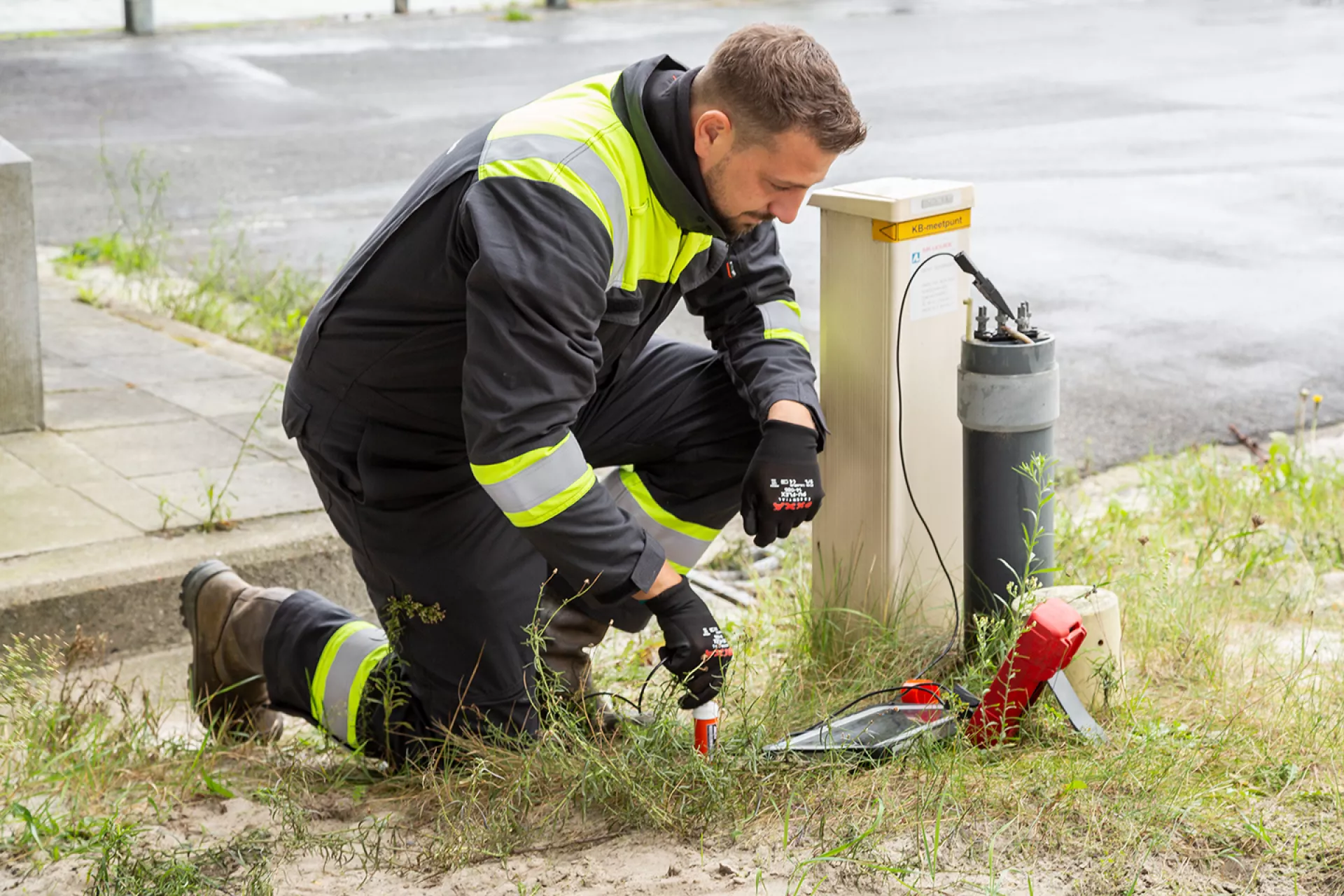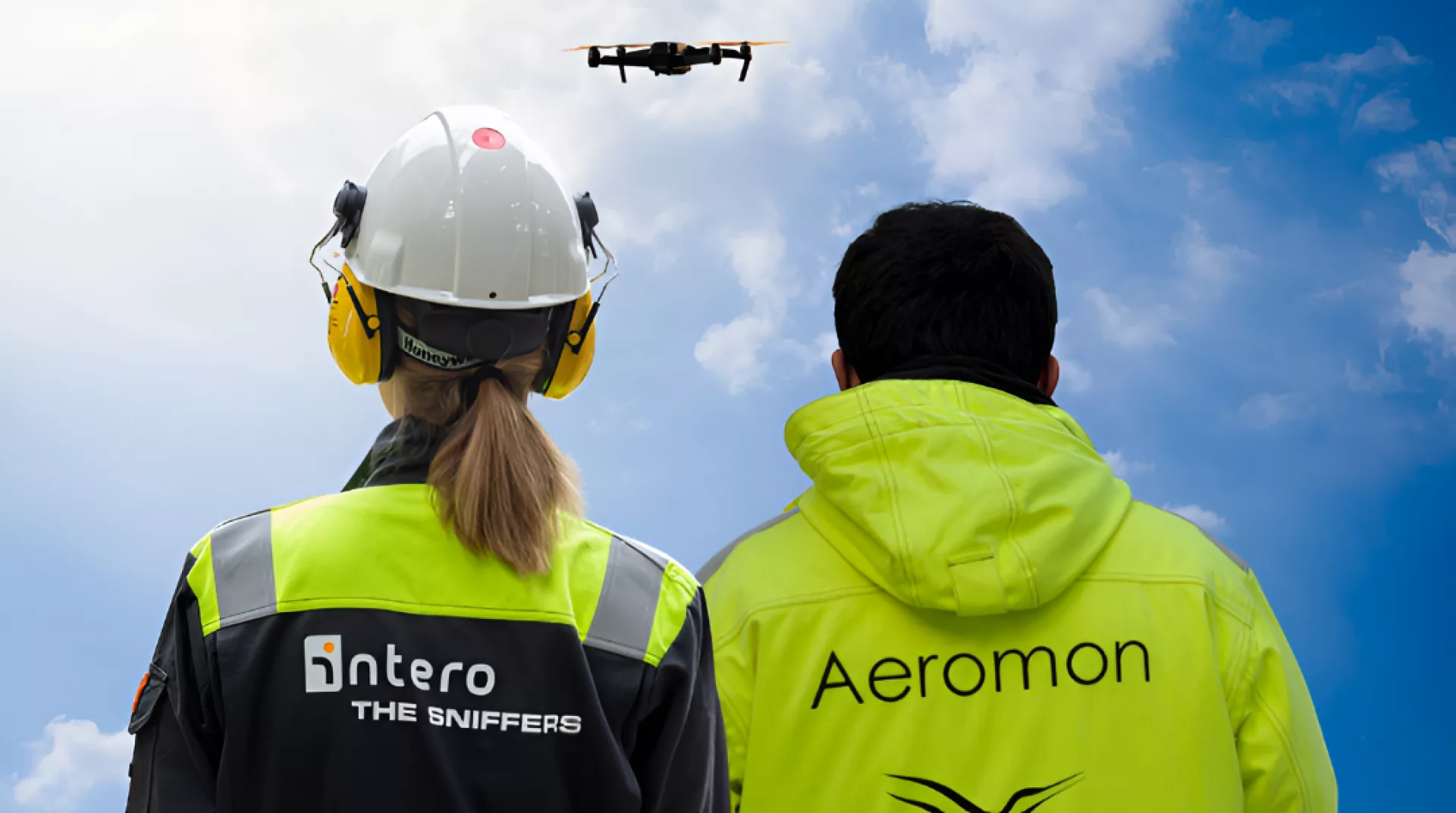
5 success factors to effectively manage the Cathodic Protection System on your pipeline network
Cathodic protection systems protect your pipelines from malfunctions, beginning corrosion, and leaks. In this blog post, our colleague Martijn Vermeulen, Team Leader of our Pipeline Management Service Line, shares 5 success factors for managing your Cathodic Protection network effectively.
And he will share what the added value is of using IoT sensors to perform CP surveys. We use these sensors in our new Continuous Cathodic Protection Monitoring service.
1. Open communication
Open communication with clients is the first success factor of an effective CP survey. The collaboration with our long-term client BASF is an example of this. You can read more about our partnership with BASF in this case study.
“Some clients expect only yearly on-measurements, whereas others want us to perform an extensive survey, perform analyses, and create a plan for the coming years while bearing cost efficiency in mind,” says Martijn.
2. Using a fit-for-purpose approach
“An intelligent fit-for-purpose approach is a requirement since our surveys are different when we check older pipelines with a more porous coating compared to when we check new pipelines. In both cases, we will analyze how the surroundings affect the condition of the pipelines and if there is any AC voltage due to high voltage in the area, for example.”
3. Using experienced and certified CP technicians
“Our CP technicians have years of experience in the field and have successfully obtained their Level 1, Level 2, or Level 3 certificates and renewed regularly.“
“Working with qualified technicians who have the know-how is essential to perform high-quality CP surveys.”
4. Going beyond basic measurements
“After having performed basic measurements, we discuss with our clients what the next steps are to get an in-depth view of their pipeline’s condition and to manage their network effectively. This is the 4th success factor to an effective CP survey.”
When you only perform yearly on-measurements, you are unaware of your pipeline’s current condition. Answers to questions such as ‘Are there coating anomalies in between test posts? Maybe unknown damage has been done to your pipeline by third party interferences?’ remain unanswered .”
Possible next steps to create a more in-depth view of your pipeline’s condition include:
- Performing a DCVG survey, where we search for anomalies in the coating. By repairing these anomalies after the DCVG survey, less voltage escapes, which allows your CP system to be more effective.
- Performing a CIPS (Close Interval Potential Survey). In this case, we perform CP surveys along the entire pipeline to check how the pipeline is protected instead of just checking the test posts.
- Performing ON/OFF potential measurements and logging such as 24h measurements, including AC interferences, since it can cause severe pipeline corrosion.
5. Flexible reporting
The final success factor of a successful CP survey is the flexibility in reporting.
“Some clients only require a basic report whereas others prefer to include specific data in their reports. A PIMS, such as our software application PRIMS, allows this flexibility in reporting.”
By using a software application, pipeline owners can:
- Track and document the status and function of their CP system
- Combine standard CP datasets effortlessly with DCVG, ACVG, CIP, and ILI data
- View and analyze trends and highlight any deficiencies
By using a PIMS, you as a pipeline owner always have the most up-to-date information about the condition of your pipelines and coating within reach. You can read more about the benefits of PIMS PRIMS here.

What is the added value of using IoT sensors for CP surveys?
Apart from performing standard surveys in the field, the pipeline industry has started using IoT sensors to monitor CP systems. As said in the introduction of this blog post, we launched our new service called Continuous Cathodic Protection Monitoring in partnership with Withthegrid last month. You can find more about this new service here.
“We install IoT sensors throughout your pipeline network. These sensors will then monitor the voltage and current of your CP system 24/7. When the sensor detects an anomaly or possible damage such as a rectifier that shuts down or a test post that has been knocked over, an alarm will warn the appointed user within your organization and the software will automatically create an issue.”
According to Martijn, using IoT sensors is especially interesting at dangerous or remote locations. “Moreover, you can keep track of your CP system 24/7 compared to the annual standard CP measurements. Additional dedicated measurements, being done by certified and qualified technicians, will help to focus on further investigate or repair identified anomalies.”
“In fact, we are currently implementing this new service at one of our clients and we are excited to see the results,” says Martijn.
Questions?
If you have any questions about CP surveys or Continuous Cathodic Protection Monitoring, please contact our experts. We gladly provide you with advice.

Intero wins APGA Innovation Award for Robotic MFL Pipeline Inspection

Intero Integrity Services establishes Supervisory Board to accelerate growth and strengthen leadership
